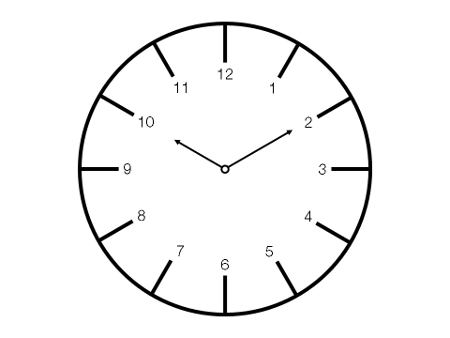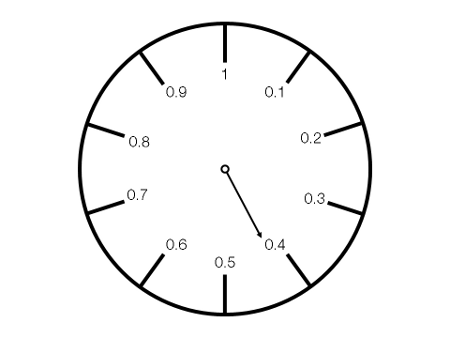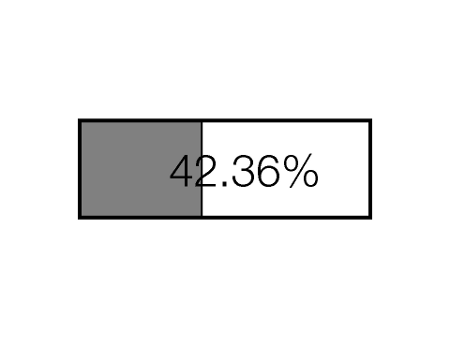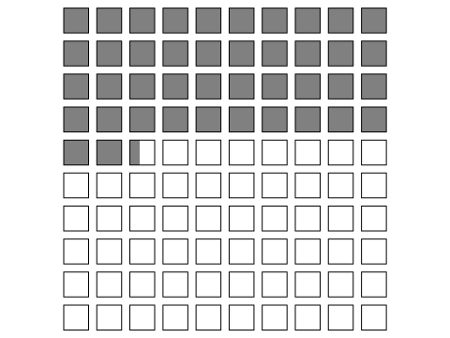This is part of a work in progress…
To make teaching significant figures easier I’d like to decimalise time.
Basics
One 24-hour day would become 1 unit of time, six in the morning would be 0.25, midday would be 0.5 and six in the evening would be 0.75. Astronomers already do this with the concept of fractional days and the Julian calendar.
Accuracy
If you told someone to meet you at “0.5” (midday) then this could be any time between 0.45 (10:48) and 0.55 (13:12). If you asked to meet at “0.50” then this would be more specific, between 0.495 (11:52:48) and 0.505 (12:07:12). To be really specific (to within an “old minute”) you could specify “0.500” which would reduce the window to 0.4995 (11:59:16.8) and 0.5005 (12:00:43.2). The advantage of this is that any time during the day can now be specified to within any desired margin of error:
1 decimal point ± 2 hours 24 minutes
2 decimal points ± 14 minutes 24 seconds
3 decimal points ± 1 minute 26.4 seconds
4 decimal points ± 8.64 seconds
Calculations
Decimalising time would also make calculations involving time a great deal simpler: no more need for modular arithmetic, just simple plus and minus. There would be no more worrying about AM and PM and no more need for the 24-hour clock.
Talking about Time
The accuracy implied by using two significant figures means that a percentage value would probably be accurate enough for most usages. Guest for a dinner party could be told “81 percent for 83 percent” which would be (approximately) equivalent to “seven-thirty for eight” (more accurately 19:26 for 19:55, though with the accuracy considerations above taken into account it could be any time between 19:19 and 20:02*).
Because the new unit of time would be a normal unit like any other, the standard (sub)multiple prefixes could be used: one centiunit would be about quarter of an hour and one milliunit would be about a minute and a half. For real accuracy microunits, equivalent to 0.0864s, could be used.
Clocks

The simplest change would be to replace the 12-segment clock with a 10-segment one. The two-hands-twice-around movement would be replaced with a one-hand-once-around movement.

I’d prefer a complete redesign: I favour a progress bar style arrangement.

Progress bar clocks could be set up to gradually reveal a picture throughout the day; alarms are marked with a simple line (the alarm below is set for 20:30).

Your entire day would be visible at a glance – the clock below shows the average 9-5 workday: sleep from midnight to six, work from 9 to 5 and then sleep from ten at night onwards.

Other variations on the progress bar idea are possible:

* This was the point at which I realised I had been thinking about this far too much. [Back]

